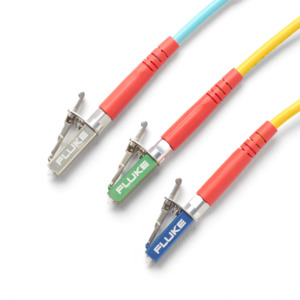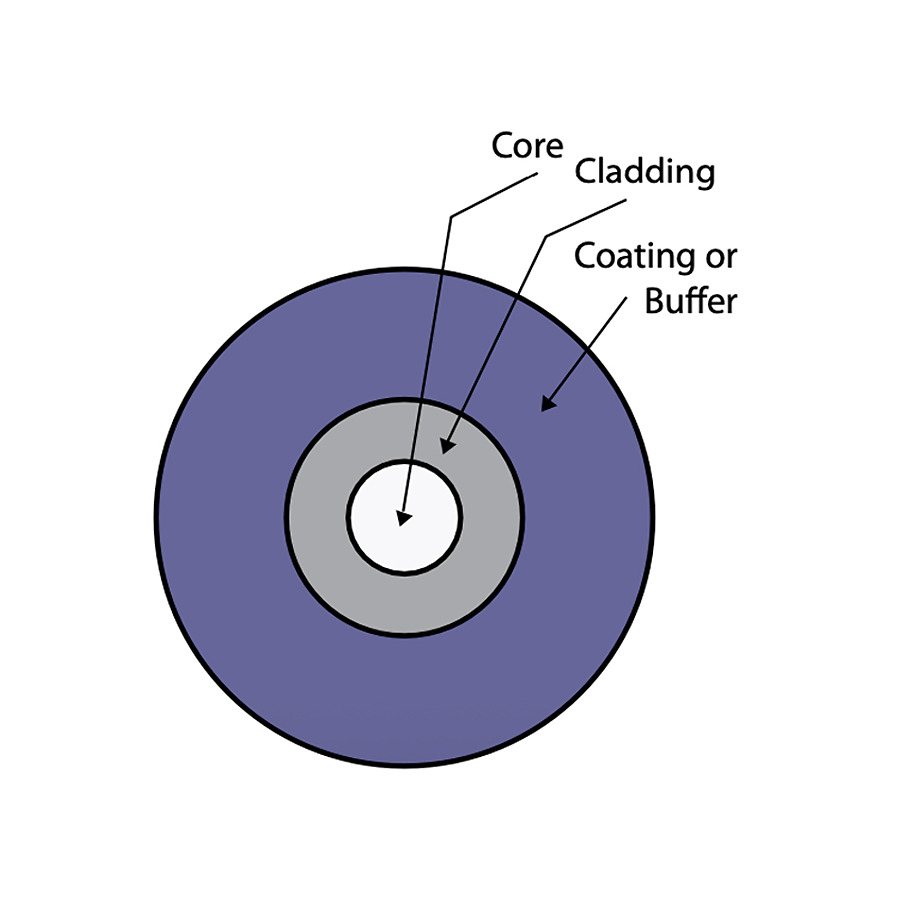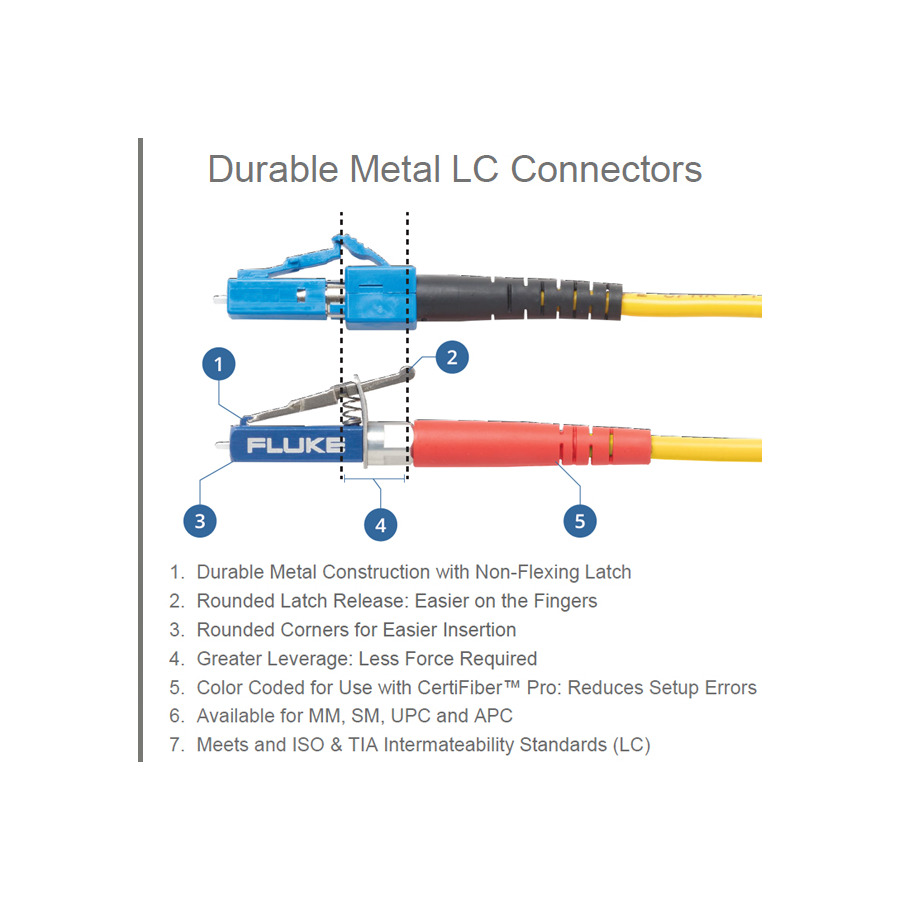
- Description
- Specifications
- Documents
Fluke Networkd SRC-9-SCLC-0.3M-M Test Cord
Features and Specifications
- For OTDR Port
- Length: 0.3M
- Connectors/Finish: SC/LC
- Function: Port Protector
- Fiber Type: 9µm Single Mode (SM)
- Features Durable Fluke Metal LC connector with latching mechanism tested to 10,000 insertions
- For use with Fluke Networks instruments
The SRC-9-SCLC-0.3M-M serves as a single-mode port protector cord with a length of 0.3 meters. It features 9 µm SC, LC terminated fibers and Fluke's robust Metal LC connector for precise measurements. The cord is color-coded for easy identification and is an essential part for fiber optic testing.
Port Protector Cords
Port Protector cords are short (1 ft / 0.3 m) cords designed to be installed in the OTDR’s port, and then attached to the appropriate test cords or Launch Fiber. The end of the cord remains plugged into the tester during testing and the fibers under test are plugged into the other end. This greatly reduces the risk of damage to the tester’s port, which can be difficult and costly to repair. If the port protector cord is damaged, it can be quickly replaced. Fluke's port protector cords feature reference grade connectors and fibers. This, plus their short length and location next to the port of the OTDR make them invisible to the OTDR and they will not negatively impact your measurements.

Single-Mode (SM) Fiber
Single-mode fiber has a small core that is typically 9µm wide, and a cladding diameter of 125 µm. Single-mode fiber allows for only one type of light mode to be propagated through the fiber. The transmission is therefore laser-focused and efficient, resulting in minimal signal loss and allowing for high-bandwidth applications over long distances. SM fiber is ideal for higher performance, longer distances and data centers where the higher cost of supporting electronics is not an issue.
SC - Common 2.5mm Connectors
SC fiber optic connectors feature a 2.5mm ferrule size and can therefore be mixed and matched using special hybrid adapters. The SC connector is easily recognized by its square shape. It features a snap-in design that mates using a push-pull action with a spring-loaded ferrule. Available as simplex or duplex, the SC is covered by TIA-604-3 (FOCIS-3), and due to its excellent insertion loss performance and fast deployment, it dominated as the connector of choice well into the 1990s. It still likely remains the second most common fiber connector type for simplex and duplex applications.

Rugged Metal LC Connectors
Fluke Networks Test Reference Cords and Launch Fibers with LC connectors feature a unique metal latch design hat offer pull-proof stability (Similar to that of an RJ45 copper connector). The LC latching system uses a multi-piece metal design with a spring located between the latch and connector body. Since this latch is not part of the body and does not flex, the life of the latching mechanism is greatly improved, thereby extending the life of the LC connector and therefore the TRC’s and launch cords.
The Metal LC connector is compliant with IEC 61754-20 and TIA-604-10B intermateability standards. That latch has also been tested for up to 10,000 insertions with no degradation in performance and passes all Telecordia GR-326-CORE durability tests including thermal, humidity, vibration, flex, impact, and salt spray. While the connector itself is the most rugged available, the glass fiber endface is still susceptible to damage, so it’s important to inspect the endface to make sure it’s contaminant-free and to properly clean it if necessary.
What's in the Box
- SRC-9-SCLC-0.3M-M Test Cord
